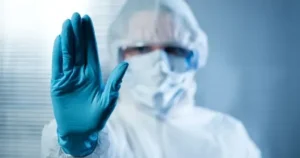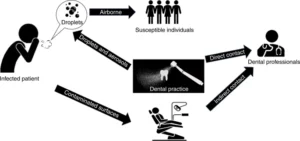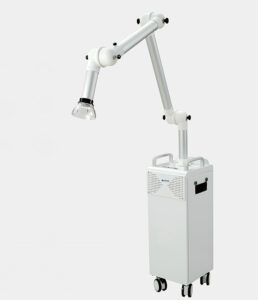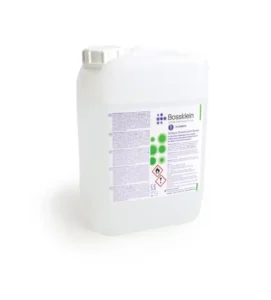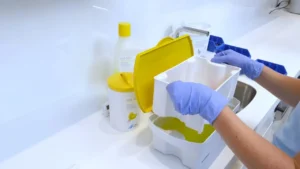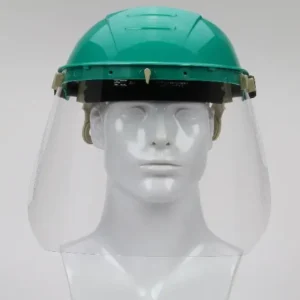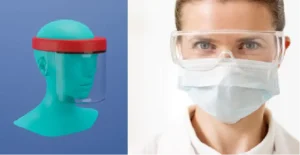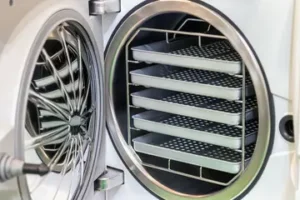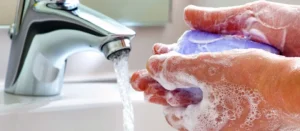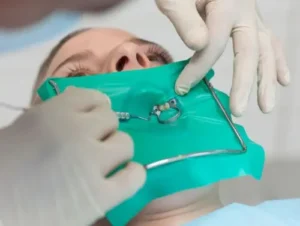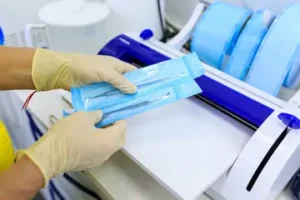Hygiene & COVID In Dentistry
What is COVID?
COVID-19 is a newly discovered infectious virus that causes corona disease. It causes mild to severe acute respiratory syndromes SARS. These respiratory illnesses can lead to severe consequences if not taken care of. COVID-19 is thought to be prevalent in older, immune-compromised, or patients with other underlying systemic diseases such as diabetes, cardiovascular, respiratory diseases, etc.
Is the coronavirus airborne?
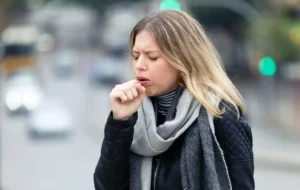
In a scientific brief posted to its website on 27 March, 2020, the WHO said that there is no sufficient evidence to suggest that SARS-CoV-2 is airborne, except in a handful of medical contexts, such as when intubating an infected person.
How can it spread through surfaces?
The CDC believes that the preliminary spread of the virus is from person-to-person; specially, those in close contact (within 6 feet) and through respiratory droplets expelled by a person through coughing or sneezing. However, the CDC states that it may be possible for a person to become infected by touching a surface or object contaminated with the virus and then touching their mouth, nose, or possibly their eyes.
How COVID spread can be prevented in dental offices?
The dental profession is at particularly at risk, due to the possibility of aerosols produced by saliva droplets. These droplets can be inhaled, come into contact with skin or mucous membranes, and/or lodge on the surfaces of the dental office or other materials used during the dental appointment. In, addition to the infected patient’s cough and breathing, dental devices such as high –speed dental handpiece uses high-speed gas to drive the turbine to rotate at high speed and work with running water. When dental devices work in the patient’s saliva or even blood will be generated. Particles of droplets and aerosols are small enough to stay airborne for an extended period before they settle on environmental surfaces or enter the respiratory tract. A dental professional’s frequent direct or indirect contact with human fluids, patient materials and contaminated dental instruments or environmental surfaces makes a possible route to the spread of viruses.
Usage of DISINFECTION MATERIALS at Tooth & Go:
Tooth & Go is one of the most reputed dental clinic which is located in Paranaque in the south of Manila, the capital of the Philippines. In the situation of COVID-19, at Tooth & Go, we strictly follow CDC recommend standard precautionary measures for every patient every day. All the precautionary measures and steps that we take during our dental procedures reduce and decrease the risk of transmitting this virus to the patients and to our dental health care practitioners.
Some of the new equipment is installed: to prevent the spread of infection and cross infections. We installed the aerosol suction machine in our clinic. Extra-oral aerosol suction machine absorbs rapidly the aerosol particles, bacterial droplets, blood, virus generated during the treatment process to prevent dentist-patient infection and provide a safe and healthy environment for both dentists and patients. In our clinic, we always conscious of having a healthy environment during treatment procedures. As we know in the current situation of COVID, we all are now too much worry about the risk of infections than before. That’s why we are using the aerosol suction machine in our clinic.
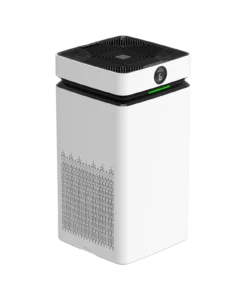
We are using surface disinfection materials: Surface disinfection is a method to inactivate pathogens on inanimate surfaces. We are using effective and strict surface disinfection materials as a preventive step to keep the dental operatory safe and clean before setting a patient on a dental chair and after the treatment is completed. We are regularly using the surface disinfection materials all work surfaces where clinical care or decontamination is carried out with EPA registered intermediate viral pathogen disinfectant.
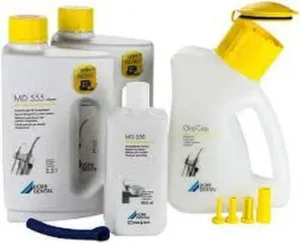
We are using also impression disinfection materials: Dental impressions are a common source for transmission of infection between dental clinic and dental labs. Dental impressions can be cross-contaminated by patient’s saliva and blood, which then cross-infect the dental casts poured from the impressions. Disinfection of dental impressions is an essential that aims to protect dental personnel, who handle impressions or casts, against exposure to disease brought about by contact with microorganisms. We always use chair-side disinfection of impressions most commonly with sodium hypochlorite to avoid laboratory sepsis.
Mouth-rinses prior dental treatment: A preprocedural mouth rinse is used for the purpose of reducing the salivary load of oral microbes, which can be spread through spatter or aerosols produced by power-driven instruments during procedures.
Face shields: A face shield, an item of personal protective equipment (PPE), aims to protect the wearer’s entire face (or part of it) from hazards such as flying objects and debris chemical splashes, or potentially infectious materials.
Eye shield: Transmission is most likely through the mouth or nose but the conjunctiva makes the eye another possible transmission site for COVID-19. Without eye protection – such as glasses, goggles or a face shield, eyes will not be guarded from coronavirus. We always concern about face shield with eye protection to prevent transmission of this virus.
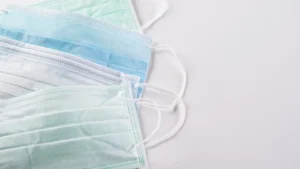
Autoclave: Autoclave is a machine used to sterilize the instruments by subjecting them to pressurized saturated steam at 121 degree for around 15-20 minutes. In dental practice, sterilization is most important part and it protects the dentists as well as the whole team of the clinic from the growth of microorganisms.
Hand Hygiene: Reinforcement for good hand hygiene is of the utmost important. Especially, hand hygiene in dental practice is the most important part of the infection control process to reduce the risk of transmitting microorganisms from provider to patient. Hand washing with soap and water remains a sensible strategy for hand hygiene in non-health care settings and is recommended by CDC. We all members of the clinic are strictly conscious of hand hygiene.
Rubber dam: The use of rubber dams can significantly minimize the production of saliva and blood contaminated aerosol or spatter, particularly in cases when high speed hand pieces and dental ultrasonic devices are used. It has been reported that the use of rubber dam could significantly reduce airborne particles in the 3 foot diameter of the operational field by 70%.
Package seals for dental tools: The importance of sealing in the dental practice is also very important part. The importance of bagging in the dental practice, after washing and decontamination phase, each single instrument and device must be bagged and each package properly sealed. Once bagging is over, sealing then completes the packing phase and is essential for an effective passage in autoclave as well as to preserve the sterility of the autoclaved instruments until they are to be used. In our clinic, we follow all the necessary packing procedure carefully.
COVID-19 is the first readily transmissible infectious disease that the global community has confronted in the new millennium. The participants in dental practice expose to tremendous risk of Covid-19 infection due to the face to face communication. According to medical research reports, dentists are eight times more at risk of contracting COVID-19 infections. We, the whole team of the, ‘Tooth & Go Dental Clinic’ always try our best to give the best services ever to our patients in this time. We provide safety and security of both the patients and our dental health care practitioners, by following the maintenance of standard precautions.

